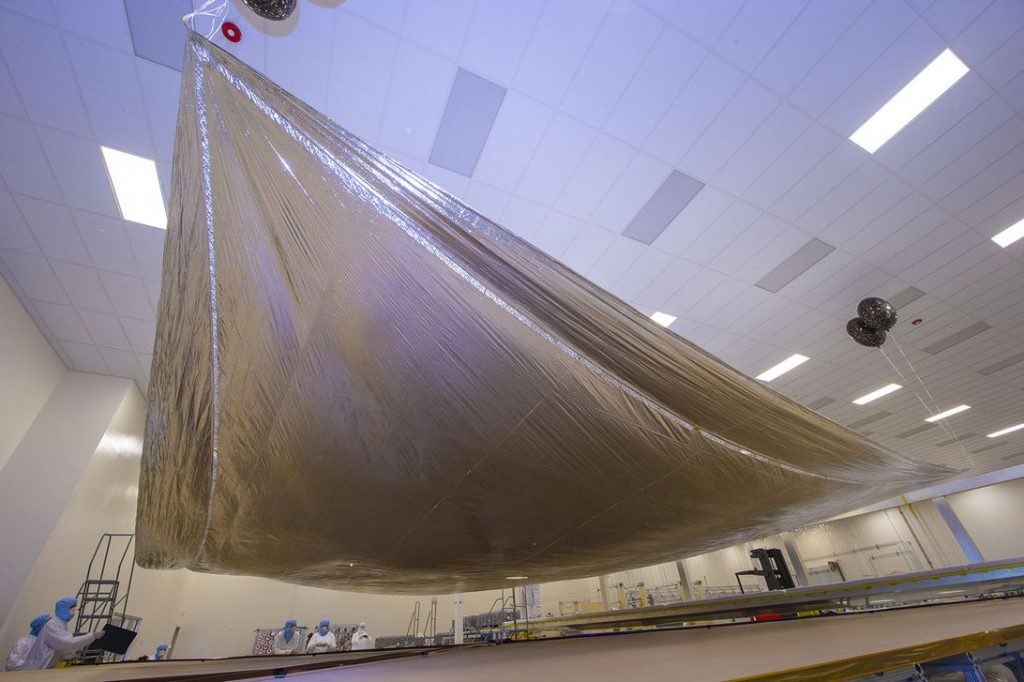Most of the excitement around NASA’s uncrewed Artemis I mission is about testing out the SLS rocket and Orion spacecraft as a precursor to sending people back to the moon. But Artemis I will also launch a nifty side mission, the Near-Earth Asteroid Scout spacecraft.
NEA Scout is a dainty CubeSat and NASA says it will «chase down what will become the smallest asteroid ever to be visited by a spacecraft.» Its target is 2020 GE, an asteroid smaller than a school bus. The space rock measures in at under 60 feet (18 meters).
Visiting a tiny asteroid is cool enough, but the way NEA Scout will get around is even cooler. «It will get there by unfurling a solar sail to harness solar radiation for propulsion, making this the agency’s first deep space mission of its kind,» said NASA in a statement on Thursday.
Solar sail technology is a relatively new frontier. The sailing metaphor is apt, though the tiny spacecraft rely on photon particles from the sun rather than wind. The Planetary Society launched a successful demonstration of the tech with the LightSail 2 CubeSat in 2019.
NEA Scout’s solar sail is made from super-thin plastic-coated aluminum and will unfurl to the size of a racquetball court. The CubeSat is about the size of a shoebox.
NASA plans to study 2020 GE and find out if it’s one solid object or a tight collection of smaller rocks. «Although large asteroids are of most concern from a planetary defense perspective, objects like 2020 GE are far more common and can pose a hazard to our planet, despite their smaller size,» said NEA Scout principal science investigator Julie Castillo-Rogez.
Artemis I is expected to launch this year, perhaps as early as March or April. If all goes well, NEA Scout will look to meet up with its asteroid in late 2023.
